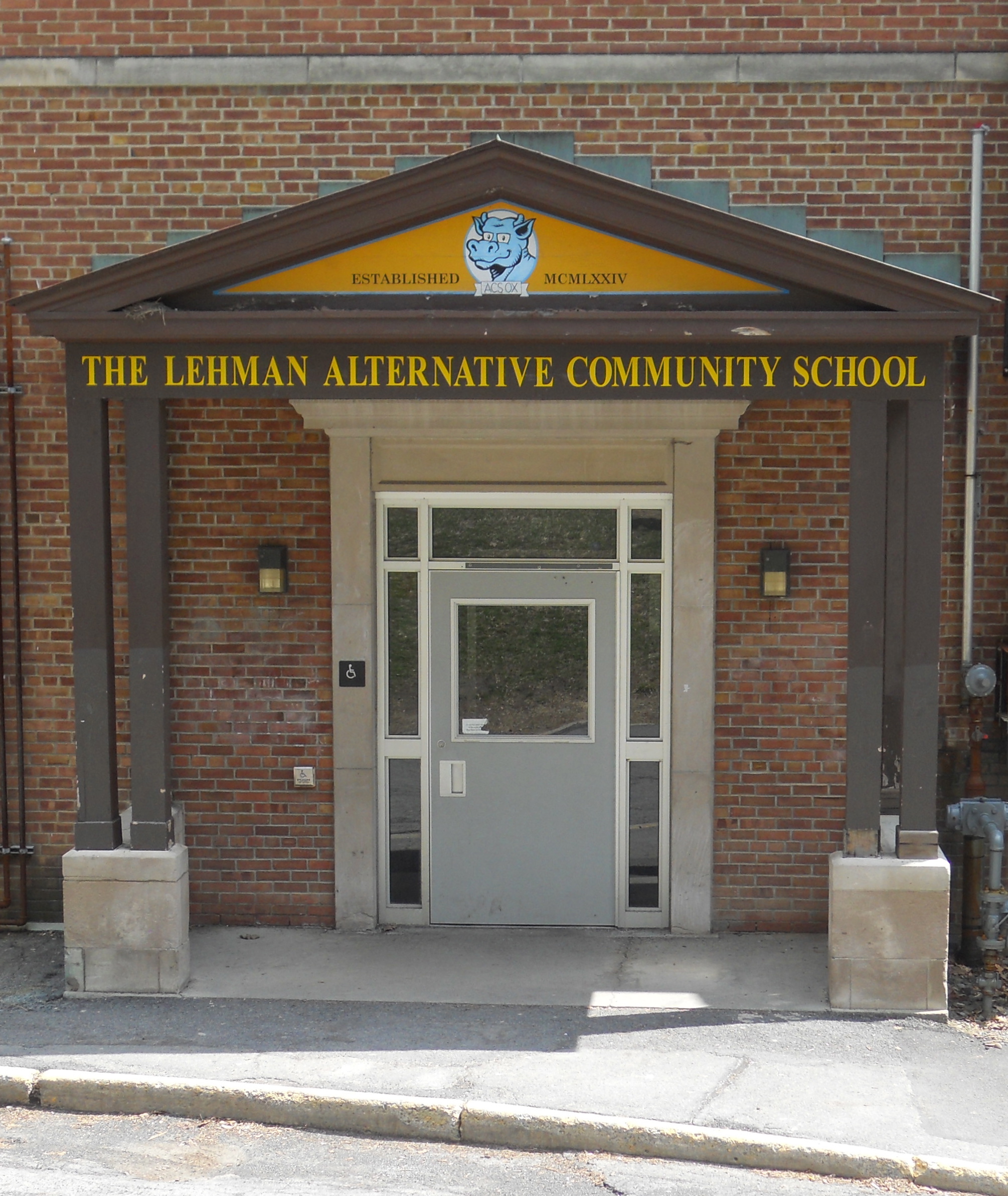For every teacher I know, the end of summer vacation means rising nervous energy, anxiety and excitement. It means getting ready to begin a new experience, with new students and sometimes a new curriculum.
To start the school year, or anything new, it is obvious that we must make plans. We need to determine where we want to go, and what we want to accomplish, in order to fulfill those objectives. But we often ignore the emotional side of getting ourselves ready.
- Meet Each Moment Mindfully
Take a moment to feel what you feel and notice your thoughts. Only if you notice your thoughts and feelings can you choose how and whether to act on them. Start with understanding what beginning the school year means to you and what you need. Then you can better understand what your students need.
Many of us plan our classes so tightly that the realm of what is possible is reduced to what is safe and already known. It’s not truly a beginning if you emotionally make believe that you’ve already done it.
Take time daily to strengthen your awareness of your own mental and emotional state.
If you arrive at school energized but anxious, get out of your car, stop, look at the building and trees around you, and take a few breaths. Then you’ll be in your body, present in the moment—not caught up in your thoughts. After greeting yourself, you’ll be more prepared to greet students.
Practice SBC: Stop, Breathe, Notice. Periodically stop what you’re doing, close your eyes, take 3 breaths and notice your thoughts and feelings. Notice how it feels after such a break.
You can do this with students to begin each lesson, or in the middle of a heated discussion….
*To read the whole post, go to MindfulTeachers.org.
**I did not get to update this blog and incorporate suggestions to help students and teachers better face all the threats, upheaval, and trauma we have recently faced. One source to help out, if you haven’t already read it, is Trauma-Sensitive Mindfulness by David Treleaven.
***A somewhat different blog for a general audience on the same subject was published a few years ago by The Good Men Project.


